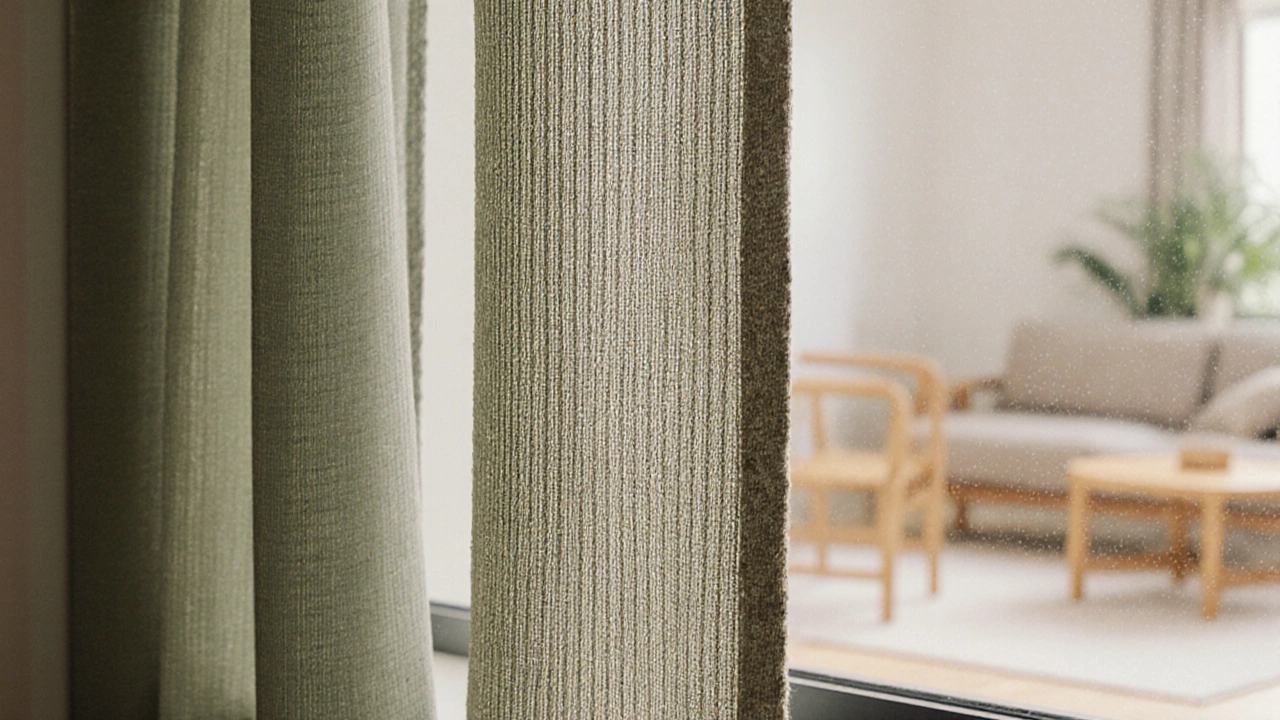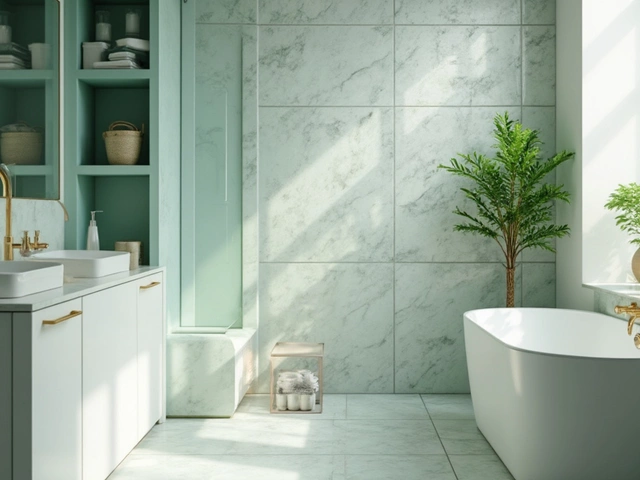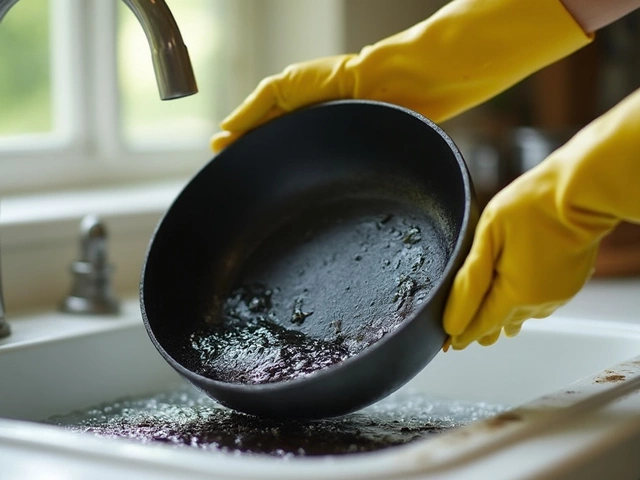Sustainable Curtains – Eco‑Friendly Window Dressings
When you choose sustainable curtains, eco‑friendly window dressings made from renewable fabrics such as organic cotton, hemp, or recycled polyester. Also known as green curtains, they help cut energy bills, reduce waste, and add a natural vibe to any room. One popular option is organic cotton, grown without synthetic pesticides and processed using low‑impact methods. Another low‑impact choice is recycled polyester, made from post‑consumer plastic bottles and reclaimed textile waste. For a raw, breathable feel, hemp fabric, cultivated with minimal water and natural pest resistance offers durability and a subtle texture.
Sustainable curtains encompass eco‑friendly fabrics, smart design, and mindful production. Choosing them requires knowledge of material certifications, such as GOTS for organic cotton or recycled content labels for polyester. Low‑impact production influences the carbon footprint of curtains, so a garment‑level CO₂ calculator can be a handy reference. These curtains also boost indoor comfort: natural fibres breathe, help regulate temperature, and let you use lighter heating or cooling settings.
How to Choose the Right Sustainable Curtains
First, match the fabric to your room’s light exposure. Heavy hemp works well in bright spaces because it diffuses harsh glare, while lightweight organic cotton drapes nicely in softer rooms. Second, think about color. Neutral tones like warm greys or earthy beiges blend with most décor, and they’re easy to pair with the grey sofa trend highlighted in our colour guide. If you love a pop, consider natural dyes derived from plants—these keep the environmental impact low and add a unique depth.
Third, consider the hardware. The optimal curtain rod overhang (2‑4 inches) not only looks polished but also improves light control, especially for blackout or energy‑saving fabrics. Proper rod placement lets the curtain gather away from the glass, creating an extra air gap that reduces heat loss. Finally, check length. Hanging curtains a few inches above the floor gives a sleek, modern look while still providing the full coverage you expect from sustainable options.
When you blend these factors, you get a window treatment that does more than cover glass—it reduces your household carbon footprint, lowers utility bills, and adds timeless style. Our collection of posts dives deeper into each aspect: from the best neutral curtain colours that match any room, to the pros and cons of blackout curtains, and even a checklist for creating a functional bathroom where sustainable fabrics can play a role.
Below you’ll find articles that walk you through colour pairings, measurement tricks, and practical tips for caring to keep your eco‑friendly curtains looking fresh for years. Whether you’re a first‑time buyer or a seasoned home‑styler, the insights here will help you pick, install, and maintain sustainable curtains with confidence.

2024 Curtain Trends That Still Dominate in 2025 (Plus What's New)
2024 curtain trends focus on sustainable materials like bamboo and hemp, earthy color palettes, and smart home integration. These styles remain popular in 2025 for their practicality and eco-friendly features. Modern designs emphasize texture layering and thermal efficiency without sacrificing aesthetics. Homeowners now prioritize curtains that improve sleep quality and reduce energy costs. The shift toward natural fibers and neutral tones creates calmer, more functional living spaces.
Categories
- Storage (26)
- Bathroom (17)
- Sofas (14)
- Curtains (14)
- Home Decor (12)
- Bedding (10)
- Kitchenware (10)
- Cushions (10)
- Mirrors (10)
- Rugs (9)



